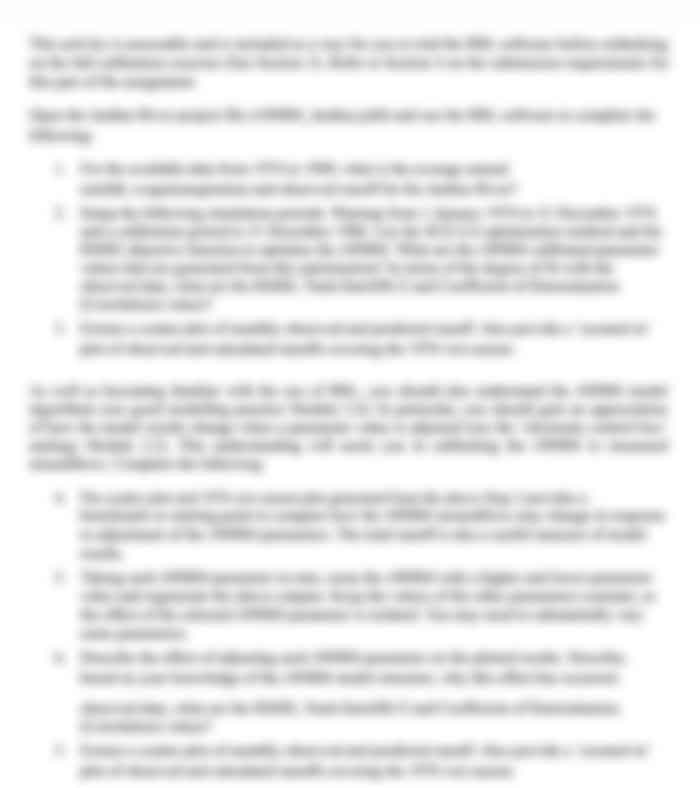Physiotherapy MCQ Assignment
1. A physical therapist is working in an outpatient orthopedic clinic. During the patients
history the patient reports, I tore 3 of my 4 Rotator cuff muscles in the past. Which of
the following muscles cannot be considered as possibly being torn?
A: Teres minor
B: Teres major
C: Supraspinatus
D: Infraspinatus
2. A physical therapist at an outpatient clinic is returning phone calls that have been
made to the clinic. Which of the following calls should have the highest priority for
medical intervention?
A: A home health patient reports, I am starting to have breakdown of my heels.
B: A patient that received an upper extremity cast yesterday reports, I cant feel my
fingers in my right hand today.
C: A young female reports, I think I sprained my ankle about 2 weeks ago.
D: A middle-aged patient reports, My knee is still hurting from the TKR.
3. A physical therapist working on an ICU unit, notices a patient is experiencing SOB,
calf pain, and warmth over the posterior calf. All of these may indicate which of the
following medical conditions?
A: Patient may have a DVT.
B: Patient may be exhibiting signs of dermatitis.
C: Patient may be in the late phases of CHF.
D: Patient may be experiencing anxiety after surgery.
4. A physical therapist is performing a screening on a patient that has been casted
recently on the left lower extremity. Which of the following statements should the
physical therapist be most concerned about?
A: The patient reports, I didnt keep my extremity elevated like the doctor asked me
to.
B: The patient reports, I have been having pain in my left calf.
C: The patient reports, My left leg has really been itching.
D: The patient reports, The arthritis in my wrists is flaring up, when I put weight on
my
crutche
5. A 93 year-old female with a history of Alzheimers Disease gets admitted to an
Alzheimers unit. The patient has exhibited signs of increased confusion and limited
stability with gait. Moreover, the patient is refusing to use a w/c. Which of the following
is
the most appropriate course of action for the physical therapist?
A: Recommend the patient remain in her room at all times.
B: Recommend family members bring pictures to the patients room.
C: Recommend a speech therapy consult to the doctor.
D: Recommend the patient attempt to walk pushing the w/c for safety.
6. A physical therapist is covering a pediatric unit and is responsible for a 15 year-old
male patient on the floor. The mother of the child states, I think my son is sexually
interested in girls. The most appropriate course of action of the physical therapist is to
respond by stating:
A: I will talk to the doctor about it.
B: Has this been going on for a while?
C: How do you know this?
D: Teenagers often exhibit signs of sexual interest in females.
7. A physical therapist is caring for a patient who has recently been diagnosed with
fibromyalgia and COPD. Which of the following tasks should the physical therapist
delegate to an aide?
A: Transferring the patient during the third visit.
B: Ambulating the patient for the first time.
C: Taking the patients vital sign while setting up an exercise program
D: Educating the patient on monitoring fatigue
8. A physical therapist has been instructed to provide wound care for a patient that has
active TB and HIV. The physical therapist should where which of the following safety
equipment?
A: Sterile gloves, mask, and goggles
B: Surgical cap, gloves, mask, and proper shoewear
C: Double gloves, gown, and mask
D: Goggles, mask, gloves, and gown
9. A physical therapist is instructing a person who had a left CVA and right lower
extremity hemiparesis to use a quad cane. Which of the following is the most
appropriate
gait sequence?
A: Place the cane in the patients left upper extremity, encourage cane, then right lower
extremity, then left upper extremity gait sequence.
B: Place the cane in the patients left upper extremity, encourage cane, then left lower
extremity, then right upper extremity gait sequence.
C: Place the cane in the patients right upper extremity, encourage cane, then right
lower
extremity, then left upper extremity gait sequence.
D: Place the cane in the patients right upper extremity, encourage cane, then left lower
extremity, then right upper extremity gait sequence.
10. A 64 year-old Alzheimers patient has exhibited excessive cognitive decline resulting
in harmful behaviors. The physician orders restraints to be placed on the patient. Which
of the following is the appropriate procedure?
A: Secure the restraints to the bed rails on all extremities.
B: Notify the physician that restraints have been placed properly.
C: Communicate with the patient and family the need for restraints.
D: Position the head of the bed at a 45 degree angle.
11. A 22 year-old patient in a mental health lock-down unit under suicide watch
appears
happy about being discharged. Which of the following is probably happening?
A: The patient is excited about being around family again.
B: The patients suicide plan has probably progressed.
C: The patients plans for the future have been clarified.
D: The patients mood is improving.
12. A patient that has delivered a 8.2 lb. baby boy 3 days ago via c-section, reports
white
patches on her breast that arent going away. Which of the following medications may
be
necessary?
A: Nystatin
B: Atropine
C: Amoxil
D: Loritab
13. A 64 year-old male who has been diagnosed with COPD, and CHF exhibits an
increase in total body weight of 10 lbs. over the last few days during inpatient therapy.
The physical therapist should:
A: Contact the patients physician immediately.
B: Check the intake and output on the patients flow sheet.
C: Encourage the patient to ambulate to reduce lower extremity edema.
D: Check the patients vitals every 2 hours.
14. A patient that has TB can be taken off restrictions after which of the following
parameters have been met?
A: Negative culture results.
B: After 30 days of isolation.
C: Normal body temperature for 48 hours.
D: Non-productive cough for 72 hours

